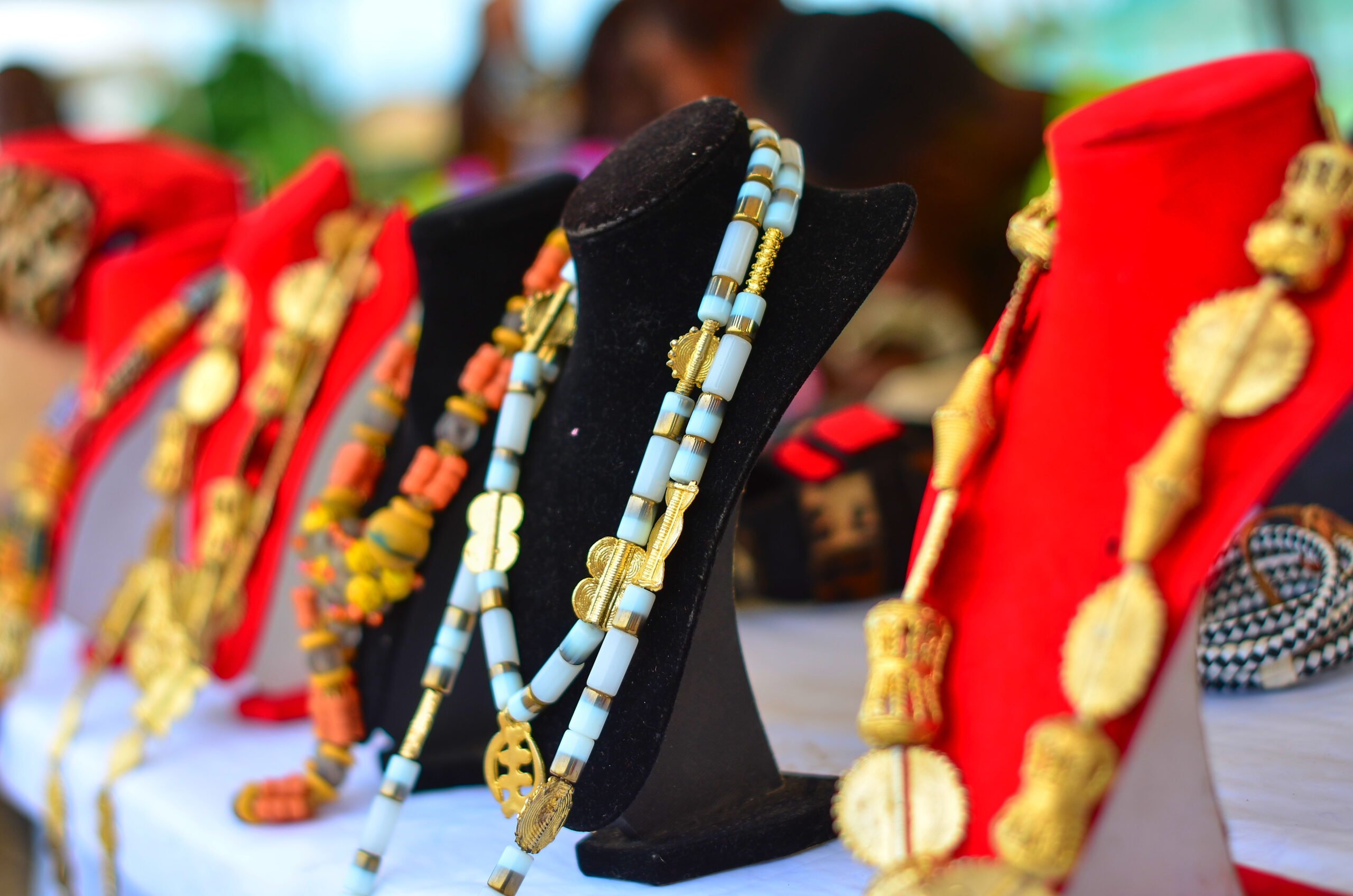The Art of African Beadwork: History and Techniques
Introduction: African beadwork is a centuries-old craft that has played a significant role in the cultural and social lives of many African communities. From intricate jewelry to elaborate ceremonial garments, beadwork reflects the rich traditions, beliefs, and aesthetics of the continent. In this blog post, we delve into the history of African beadwork and explore the techniques that make this art form so unique.
A Brief History: Beadwork has been an integral part of African culture for thousands of years. Archaeological evidence suggests that beads were used as early as 10,000 years ago. Initially, beads were made from natural materials such as shells, bones, seeds, and stones. The introduction of glass beads by European traders in the 15th century significantly expanded the variety and complexity of African beadwork.
Different regions and tribes across Africa developed their own styles and techniques, often using beadwork to signify social status, age, marital status, and cultural identity. For instance, the Zulu people of South Africa use beadwork to communicate messages through color and patterns, while the Maasai of Kenya and Tanzania create vibrant, layered necklaces and bracelets that hold cultural significance.
Techniques and Materials: African beadwork involves a variety of techniques, each requiring skill and precision. Some of the most common methods include:
- Loom Beading: Using a loom, beads are woven together to create intricate patterns and designs. This technique is popular among the Zulu and Xhosa people.
- Peyote Stitch: This off-loom technique involves sewing beads together in a zigzag pattern, creating a dense, textured fabric.
- Stringing: Beads are threaded onto a string or wire to make necklaces, bracelets, and anklets. This simple technique is versatile and widely used across Africa.
Materials Used:
- Glass Beads: Introduced by European traders, glass beads come in various shapes, sizes, and colors, allowing for intricate designs.
- Natural Materials: Traditional beadwork often incorporates materials like seeds, shells, and bones.
- Metal: Some African artisans use metal beads or wire to add a unique touch to their creations.
Contemporary African Beadwork: Today, African beadwork continues to evolve, blending traditional techniques with modern designs. Many contemporary African artists and designers are gaining international recognition for their innovative and stylish beadwork. This fusion of old and new keeps the art form alive and relevant in today’s fashion and design world.
Conclusion: African beadwork is more than just a decorative art; it is a testament to the rich cultural heritage and artistic ingenuity of the African people. By understanding the history and techniques behind this craft, we can appreciate the skill and creativity that goes into each piece of beadwork. At Harmony Afrique, we celebrate this beautiful tradition by offering a curated selection of authentic African beadwork. Explore our collection and bring a piece of Africa’s vibrant artistry into your life.
-

The rich culture of Africa
